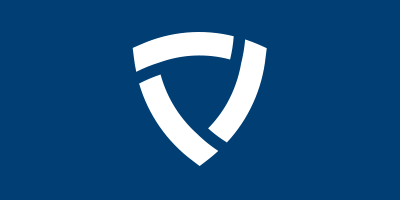As part of our commitment to achieving better outcomes through innovation, South County Health in partnership with Ortho Rhode Island has dedicated itself to becoming a Center of Excellence in Spine Care and Treatment. South County Hospital is the first hospital in Rhode Island to offer robotic spine surgery, a less invasive technique to improve accuracy and optimize patient care.
The ExcelsiusGPS™ is the next revolution in robotic spine surgery, using robotics and advanced navigation for improved efficiency and accuracy in spinal and neurological procedures, much like a GPS in your car. Designed to enhance safety and improve efficiency for patients, staff, and surgeons, ExcelsiusGPS™ combines a rigid robotic arm and full navigation capabilities into one adaptable platform for accurate alignment in spine surgery.
What is ExcelsiusGPS™?

The ExcelsiusGPS™ system enables minimally invasive spinal surgery by combining a rigid, robotic arm with full navigation capabilities. This advanced technology helps ensure accurate alignment and increased efficiency in spine surgeries and other procedures. With this device, your surgeon can visualize, plan and navigate your surgery in real-time.
Because surgeries with surgical navigation are minimally invasive, they often result in faster discharge, fewer complications and a quicker recovery.
Barbara Morse Silva, WJAR-TV 10’s Health Check reporter featured Ortho Rhode Island spine surgeon, Dr. Ian Madom in 2019 following the first robotic assisted procedure for spine surgery in Rhode Island.
How ExcelsiusGPS™ Works
The primary use of ExcelsiusGPS™ is in spinal fusion procedures involving pedicle screw placement. Before your operation, spinal images are taken and imported into the ExcelsiusGPS™ platform. With this imaging, the ExcelsiusGPS™ system helps your surgeon determine the placement and size of your pedicle screws based on your anatomy. This surgical plan guides the robotic system and the surgeon throughout your operation.
With a precise, image-based plan, the ExcelsiusGPS™ robotic arm locates the exact region of the spine in surgery, similar to a planned route on a GPS. Your surgeon uses this pathway to guide the robotic arm in accurate pedicle screw placement, maintaining complete control over the surgical robot. With a display screen showing live feedback from beginning to end, your surgeon can monitor all surgical instruments throughout your entire procedure.
What to Expect with ExcelsiusGPS
On the day of your surgery, your doctor will take CT scans and one or two X-rays and import them into the ExcelsiusGPS™ system. These images help guide the robotic arm along the determined pathway, similar to a planned route on an automotive GPS. With your surgeon in full control, the robotic arm uses the planned pathway for placing your pedicle screws. Your surgeon can view and monitor the entire procedure on the display screen, ensuring accuracy and efficiency.
With a minimally invasive procedure using ExcelsiusGPS™, you can typically get out of bed the day of the surgery and may get discharged the following day. Although recovery time varies from patient to patient, many people notice an improvement in their symptoms and pain between 2 to 4 weeks after the procedure.










